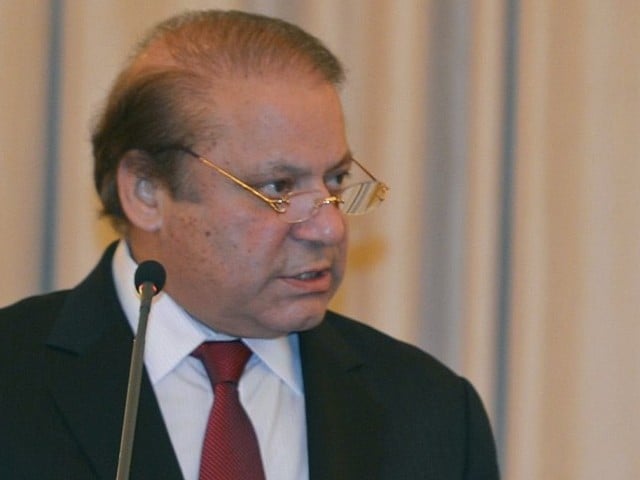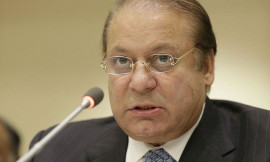
Even so, the positive aspect here is that the energy crisis may be on its way to being resolved and the influx of LNG and falling oil prices are going to help industries focus on production. For long, the very basic issue for Pakistan has been to provide enough energy to businesses to run their operations. In such a scenario, increasing exports seemed like an improbable task. But as the country maintains its momentum in resolving its power woes, a part of the problem could be resolved.
The focus on improving compliance with international standards — especially in the case of edible items — is one key area that can help Pakistan improve its export competitiveness. An economic slowdown in Pakistan’s favoured markets and increased competition in its favoured sectors have already led to a decline in exports. A solution to the problem of declining exports is diversification — not just in the kinds of products being made, but the markets the items are sent to. Here, diplomacy and the private sector need to take the lead. Businesses need to be able to persuade and impress the government enough for it to allow them some incentives that would enable them to tap unexplored markets. The trade policy framework is trying to do that. What is now needed is for the private sector to make the requisite effort as well. A demand-driven growth model is needed, but it has to be complemented by an export-led model that can boost the economy. Too much dependence on either is always problematic. This is what our policymakers and the private sector need to realise.
Published in The Express Tribune, March 25th, 2016.
Like Opinion & Editorial on Facebook, follow @ETOpEd on Twitter to receive all updates on all our daily pieces.



























1713853507-0/MalalaHilary-(2)1713853507-0-270x192.webp)








COMMENTS (2)
Comments are moderated and generally will be posted if they are on-topic and not abusive.
For more information, please see our Comments FAQ